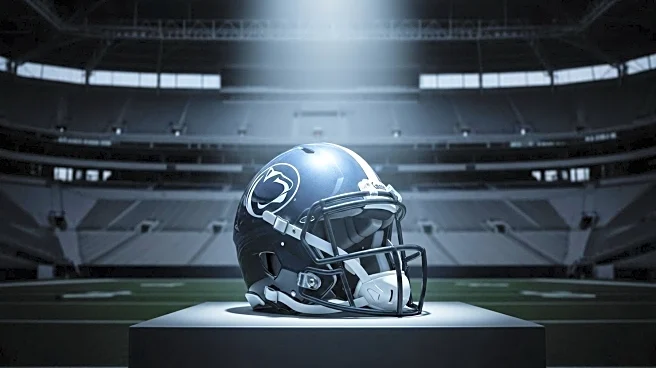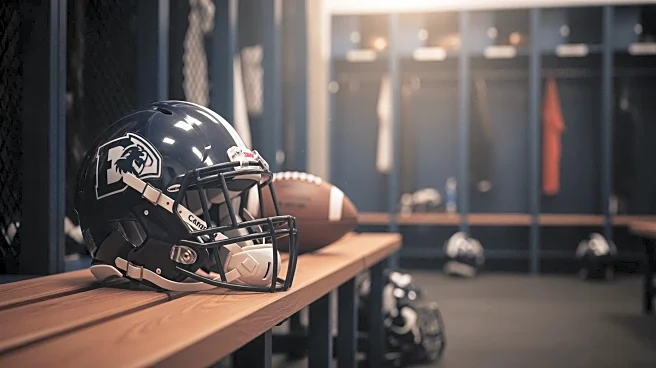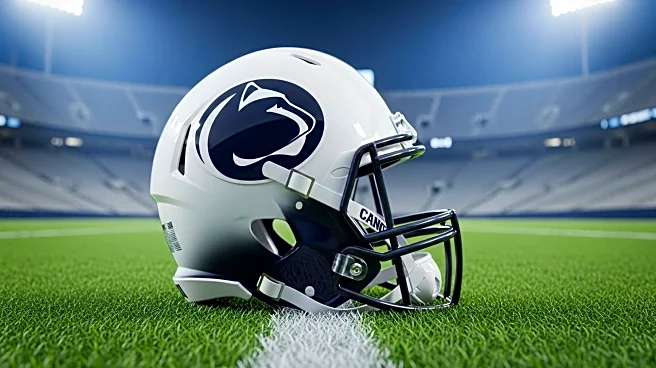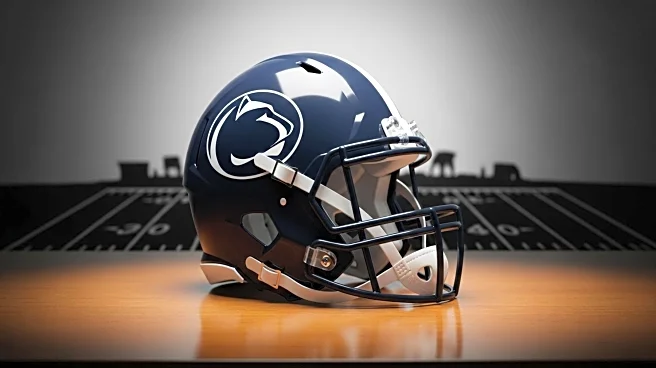What's Happening?
Penn State's athletic director, Pat Kraft, has decided to fire head coach James Franklin following a disappointing start to the 2025 season. Franklin, who led Penn State to a College Football Playoff appearance last season, was dismissed after the team lost three consecutive games. Kraft emphasized the decision was driven by the desire to win national championships and maintain high standards within the program. Franklin's tenure included a 104-45 record, five bowl wins, and a reputation for dignity and class. Associate head coach Terry Smith has been promoted to interim head coach, with the possibility of earning the full-time role.
Why It's Important?
The firing of James Franklin marks a significant shift in Penn State's football program, reflecting the high expectations and pressure to achieve national success. This decision could impact recruitment, team morale, and the university's reputation in collegiate sports. Franklin's departure opens opportunities for other major programs to pursue him, potentially altering coaching dynamics across college football. The move also highlights the intense scrutiny and performance-based evaluations that coaches face in the competitive landscape of college athletics.
What's Next?
Penn State will begin the search for a new head coach who embodies the university's values and championship aspirations. Terry Smith, the interim head coach, will lead the team through a challenging schedule, including games against top-ranked opponents. The program aims to rebuild unity and pride while navigating the transition. Fans and stakeholders are encouraged to support the players during this period of change, as the team adapts to new leadership and strategies.
Beyond the Headlines
The firing of Franklin raises questions about the ethical considerations of coaching tenures and the pressures of collegiate sports. It underscores the balance between tradition and evolution in maintaining a successful program. The emotional impact on players, staff, and Franklin's family highlights the human aspect of such decisions, prompting discussions on the treatment of coaches and their families in high-stakes environments.











